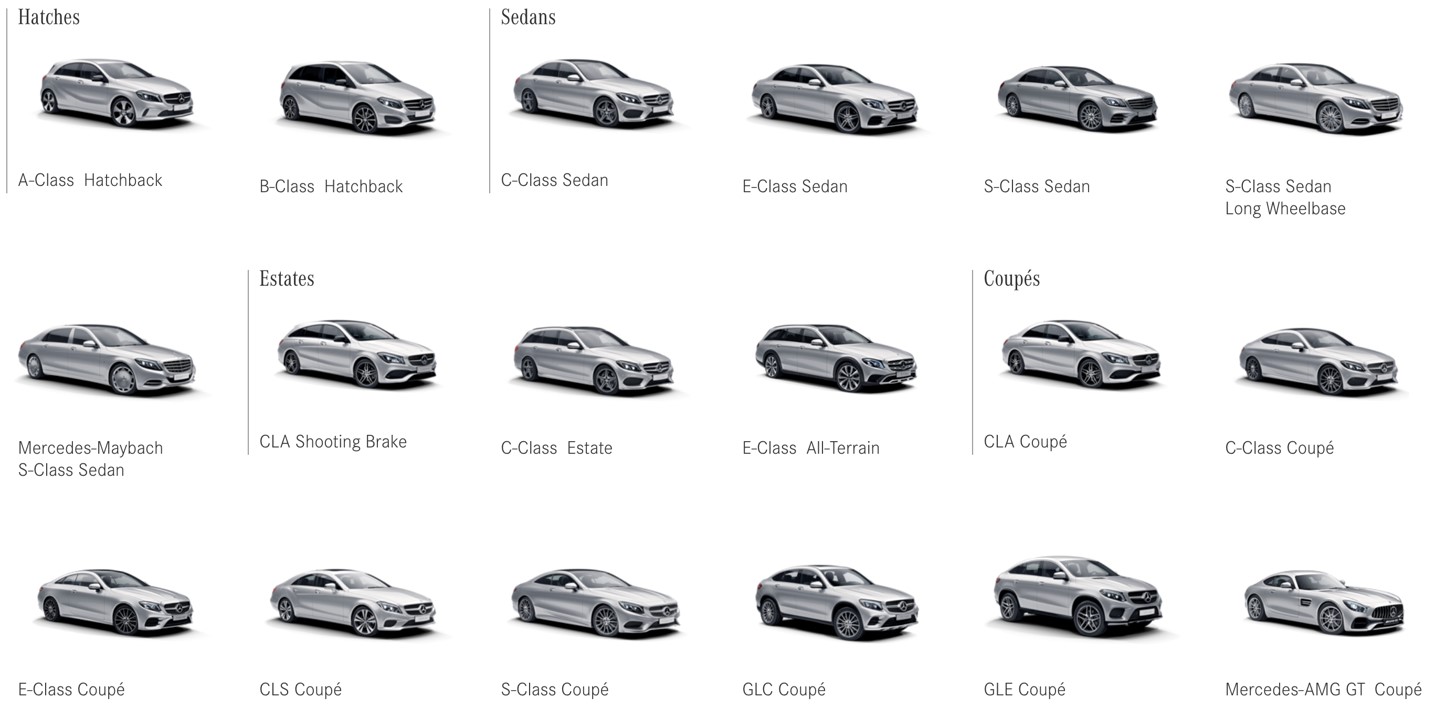I often ask Channel Account Managers (working for vendors or distributors) why they think their partners buy products from them. And I’ll get a range of answers from “we have the best technology” to “great service” to “a strong relationship”.
But at least one person will respond with the correct answer, namely, “to sell it and make money from it”. Because it doesn’t matter how good your technology or service or relationships are – if a reseller can’t sell your product, they won’t buy it. So if we agree that partners buy our products to resell and not for their own use – why do so many vendors enable partners by providing training on what their products do, rather than how to sell them?
Different Objectives
Let’s look at products from a customer’s perspective – ie. an end-user buying technology. If that was me, I would want to know that it’s the best solution for my problem. So I want to know that it has the features I need, that it performs better than the competition, that it’s easier to use, that the price is affordable, that I can get support if something goes wrong, etc, etc
But now think about it from the perspective of someone selling technology. Some of the information listed above will be relevant, but more importantly, I would want to know who buys it, why they buy it, how they use it, what else might they be using, what objections I will encounter, how will you support me, etc, etc.
Having attended many vendor training courses over the years, I can tell you that far more effort goes into explaining the first set of questions, and not enough goes into the second.
Segmentation Example
In order to understand how crucial this point is, I’m going to pretend I’m a Mercedes rep, and you are my dealer. If you visit my site, you’ll encounter a product catalogue that is somewhat similar (in structure, not in offerings) to a typical IT web site.

Now, depending on your knowledge of Mercedes, you may already know the difference between the A180, the C300, the E400 and the SL63. But I imagine there’s a large group of you reading this for whom those product codes mean nothing.
If I provide the following spec sheet, there will be a different group of people who don’t know the Mercedes range, but will understand the differences between the cars based on the technical specifications. And of course, there will be those who don’t.

Interestingly though, there’s probably a lot of information on this table that no-one really cares about (we’ll come back to that later).
Now let’s add one more line – Price – and you can see how different the cars really are.

And finally, let me replace all the data with just a picture of the customer segments, and the price.

Now we can see that even someone with not even the faintest knowledge of cars is able to identify how to position the various Mercedes models.
Lessons Learned
Let’s go back to you being a technology vendor. You have the exact same challenges with your partners… that is, you have some that understand your products, others that understand the underlying technologies, and others that don’t really understand the products at all but know how to position them.
That means our enablement programs need to cater to the three different audience types:
- For our most loyal partners, who have been selling our products for a long time, we just need to provide them with key updates rather than the whole spiel. Keep it short and to the point. Try doing the training in exclusive smaller groups using experienced trainers who have worked for you for a long time.
- For partners who know the technology, but not our specific offering, spend more time explaining what differentiates you and why. Use language that describes why this is important for the customer, rather than inward-looking statements that talk about its importance for you (eg. we were the first to market). Don’t hide your weaknesses – rather, point them out, and provide your partners with ammunition to handle objections.
- For the rest of the partners (and this is the vast majority) focus on explaining the various customer segments who buy your product, explain why and how they use it. Outline the sort of alternative solutions they may already have, a compelling value proposition to change, and what the biggest objections are and how to handle them. In other words, paint a picture in their minds of the target market so they can easily identify them and associate your product.
One final comment… when I present the table above in my workshops, I get a few different reactions. For serious car buffs, the only metrics they care about are 0-100km and Kilowatts. For those that are more environmentally-oriented, fuel consumption and CO2 emissions are important. Almost no-one cares about the displacement or number of gears. The lesson here is that you’re better off providing a small amount of information that matters, rather than a lot that hardly anyone cares about.
Some key take-aways:
- Take the time to segment your customers to help your partners better identify them, and to help them know when and where to position your solutions.
- Talk in the language of who your customers are and why they buy your products, rather than in terms of product functionality and what features they provide.
- Present your products as part of a total solution (ie. what else is sold around your products) so that partners can see the whole profit potential.
- Provide case studies to partners that they can use to influence customers. Make sure they can be searched on by industry and application.
- Point out the weaknesses/gaps in your offering (no-one believes the charts you present where you are the best at everything) and educate partners to address them.
If you have any comments on the above or wondering how to improve your message to partners, please reach out to me at mmoses@channeldynamics.com.au


